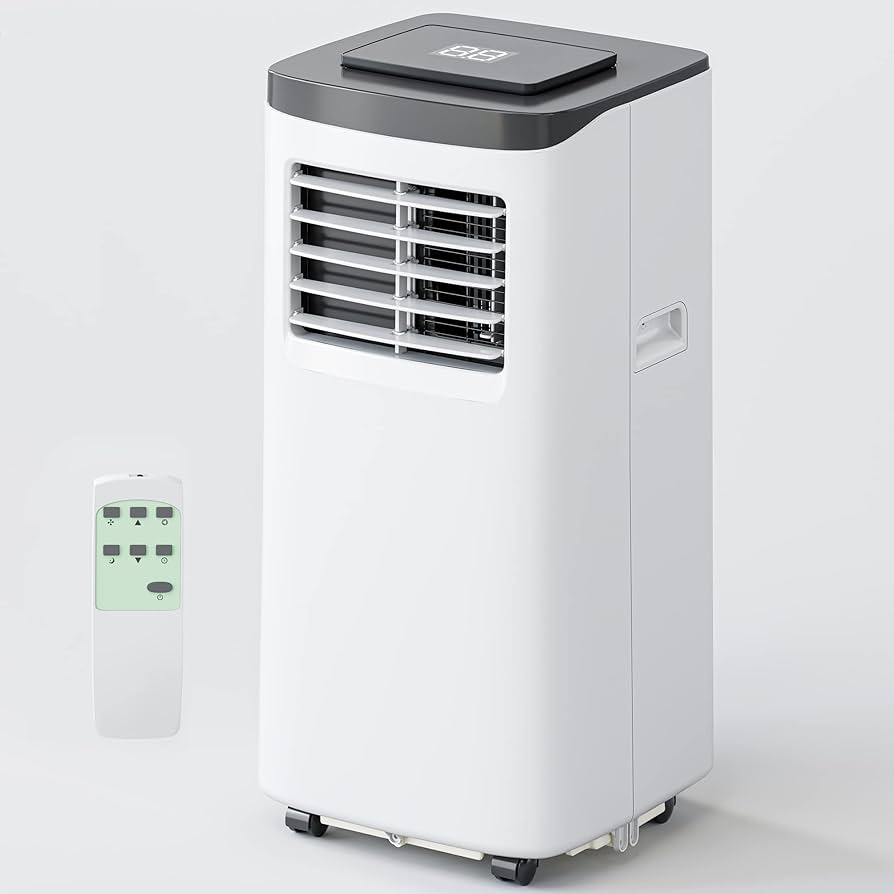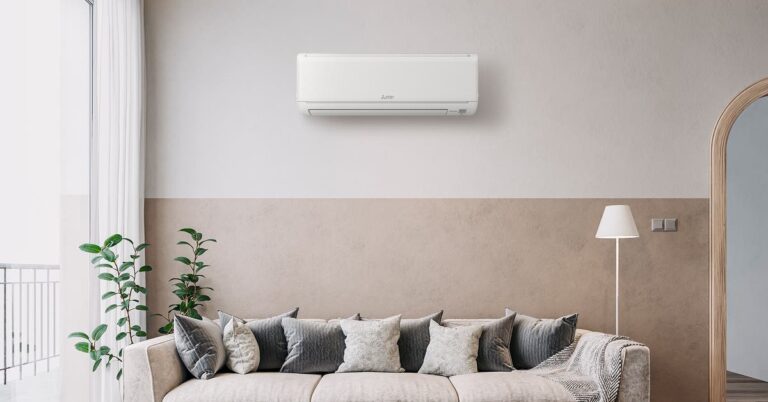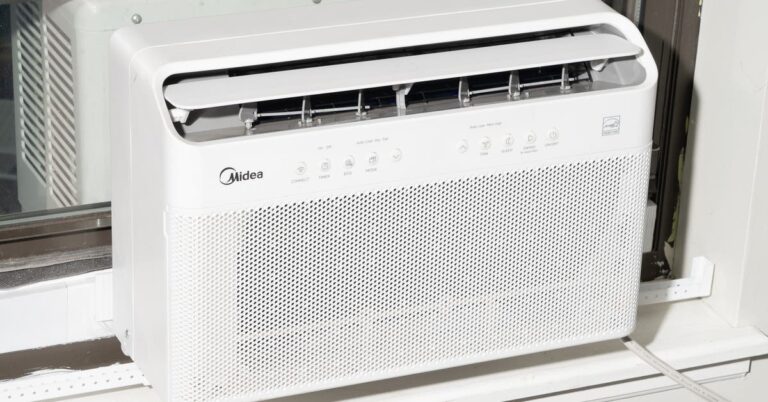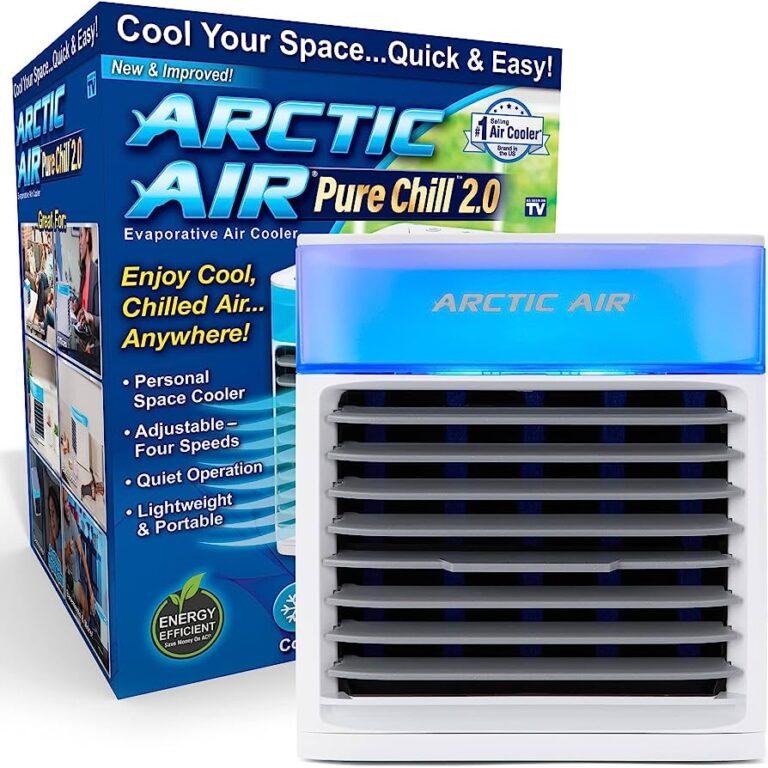Delonghi Pinguino Compressor Not Working: Troubleshooting Tips
If the compressor of your DeLonghi Pinguino portable air conditioner is not working, try resetting it by pressing and holding the reset button for three seconds. This should resolve any issues and get your AC unit back to normal.
However, if the problem persists, it may be due to low refrigerant, a malfunctioning compressor, or a dirty system that requires maintenance. In that case, it is best to consult a licensed HVAC technician for further assistance. Portable air conditioners are a convenient and efficient way to cool a room.
However, like any other appliance, they can experience issues over time. One common problem is when the compressor of a DeLonghi Pinguino portable air conditioner stops working. This can be a frustrating situation, as the compressor is responsible for cooling the air and maintaining a comfortable temperature. We will explore the possible reasons behind a non-functioning compressor and discuss some troubleshooting steps to fix it.
Resetting The Delonghi Portable Air Conditioner
If your DeLonghi portable air conditioner’s compressor is not working, you may need to reset it. Simply press and hold the reset button for three seconds to resolve any issues and get your AC unit back up and running smoothly.
Make sure to check the power source and cords as well.
If you’re experiencing issues with your DeLonghi portable air conditioner compressor not working, don’t worry. There’s a simple solution to get it back up and running smoothly. To resolve this problem, you’ll need to reset the unit. Here’s what you need to do:
Press And Hold The Reset Button For Three Seconds:
- Locate the reset button on your DeLonghi portable air conditioner.
- Gently press and hold the reset button for three seconds.
- Release the button after three seconds and wait for the unit to reset.
By following these steps, you’re giving your portable air conditioner a fresh start and allowing it to fix any issues that were preventing the compressor from working properly. Resetting the unit often resolves common problems and restores functionality.
If resetting the unit doesn’t solve the issue, there may be other factors contributing to the compressor not working properly. Here are a few steps you can take to troubleshoot:
- Check that the power cord is properly plugged in and that electricity is flowing to the unit.
- Inspect the power cord for any damage or fraying. Replace it if necessary.
- Make sure that the temperature settings on the air conditioner are appropriate for the desired cooling level.
- Clean the air filters to ensure that they are not clogged with dust or debris. This can restrict airflow and affect compressor performance.
- If you have recently moved the unit, ensure that it is on a level surface.
If the problem persists after taking these troubleshooting steps, it may be best to contact a professional HVAC technician for further assistance. They will be able to diagnose the issue and provide appropriate repair solutions.
Remember, regular maintenance and cleaning of your DeLonghi portable air conditioner can help prevent compressor issues and ensure optimal performance.
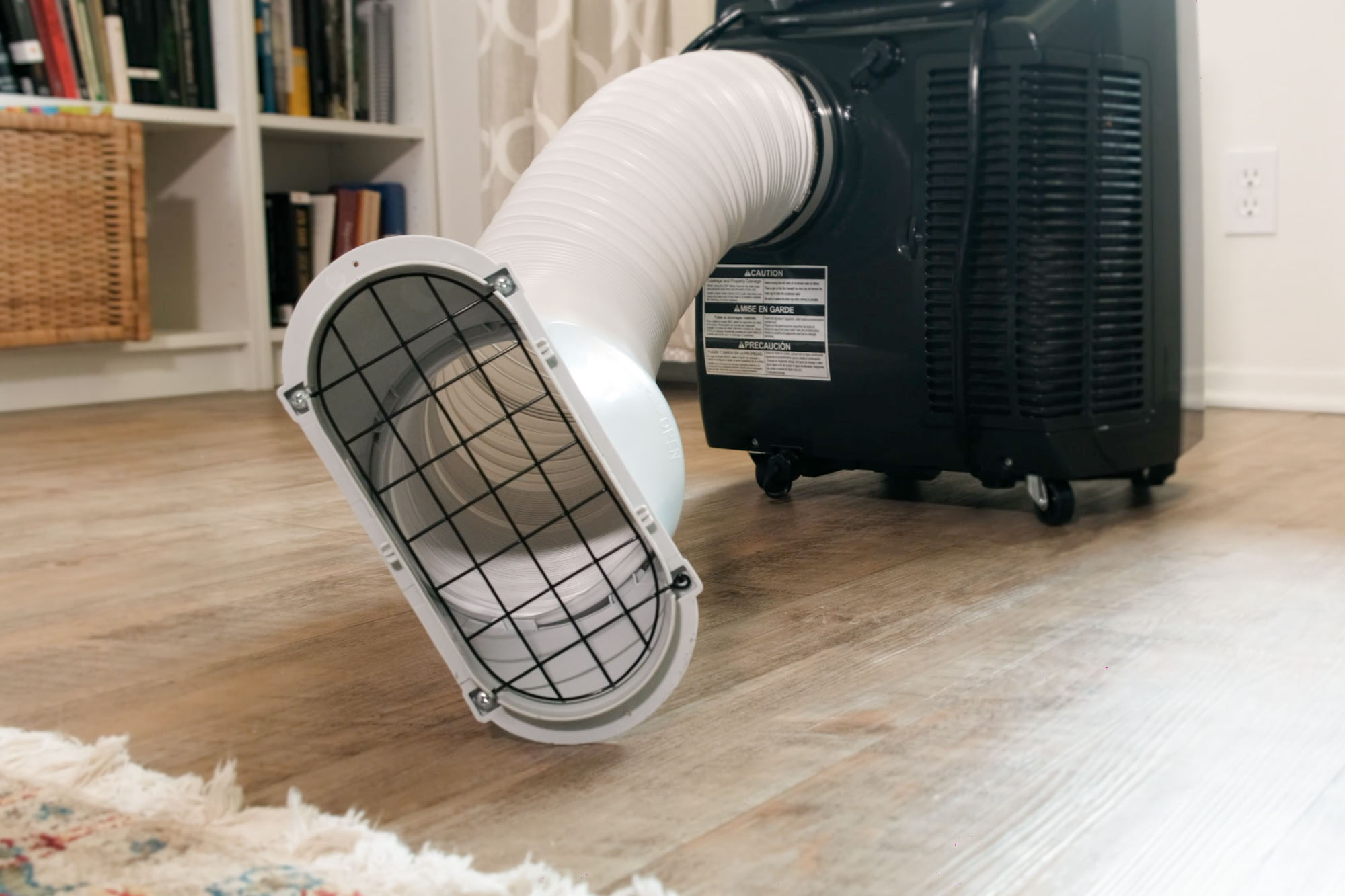
Credit: www.yourbestdigs.com
Checking Power Supply And Cord
If your Delonghi Pinguino compressor is not working, start by checking the power supply and cord. Make sure the power cord is not damaged and is plugged in correctly. If there are no issues with the cord, try plugging into a different outlet or resetting the circuit breaker.
Ensure Electricity Is Flowing To The Portable Ac:
- Check if the power cord is securely plugged into the power outlet.
- Look for any damage to the power cord, such as frayed wires or visible wear and tear.
- If the power cord seems fine, try plugging the unit into a different outlet to ensure the current outlet is not the issue.
- Reset the circuit breaker. Sometimes, a tripped circuit breaker can cause the compressor to stop working.
Check For Any Damage To The Power Cord And Ensure It Is Plugged In Correctly:
- Examine the power cord from end to end for any visible signs of damage, such as cuts, exposed wires, or melted parts.
- Make sure the power cord is firmly inserted into both the portable AC and the power outlet.
- If you spot any damage, it’s crucial to replace the power cord to avoid potential safety hazards.
If No Issues With The Cord, Try Plugging Into A Different Outlet Or Resetting The Circuit Breaker:
- Plug the portable AC into another power outlet in your home to eliminate the possibility of a faulty outlet.
- In case the unit still doesn’t work, check the circuit breaker box to see if any breakers have tripped.
- Reset any tripped breakers by flipping them back to the “On” position.
- If the circuit breaker keeps tripping after resetting, it may indicate an electrical issue that requires professional assistance.
Remember, troubleshooting the power supply and cord is the first step in identifying and addressing any issues with your Delonghi Pinguino portable AC compressor. If following these steps doesn’t resolve the problem, it may be best to contact a qualified technician for further assistance.
Identifying Signs Of A Faulty Compressor
If your Delonghi Pinguino compressor is not working, there are a few signs to look out for. These include the AC not blowing cold air, oily residue on the pipes, and a ticking or chattering noise. To troubleshoot the issue, you can try resetting the unit by pressing and holding the reset button for three seconds, checking the power cord and outlet, and ensuring the condenser fan is running properly.
If the issue persists, it’s best to consult a licensed HVAC technician for further diagnosis and repair.
If your Delonghi Pinguino portable air conditioner is experiencing compressor issues, there are several signs that can help you identify the problem. By paying attention to these signs, you can take the necessary steps to get your AC unit back up and running smoothly.
Here are some indicators to look out for:
Listening For Ticking Or Chattering Noise:
- Ticking or chattering noises coming from your AC unit could suggest a faulty compressor. This noise is often caused by loose or damaged internal components that may hinder proper compressor functionality.
Listening For Rattling Or Rumbling Noise:
- Rattling or rumbling noises may indicate a problem with the compressor motor or fan. It could be due to loose or worn-out parts, which can affect the compressor’s efficiency.
Checking For Decreased Airflow:
- If you notice a significant decrease in airflow from your AC unit, it could be a sign of a faulty compressor. The compressor plays a crucial role in circulating air, so any issues with it may result in poor airflow and inefficient cooling.
Noticing Warmer Air Flowing Out:
- When the compressor is not functioning correctly, you may observe warmer air flowing out of the AC unit. This occurs because the compressor is responsible for cooling the air before it is released into the room.
Detecting Refrigerant Leakage:
- Refrigerant leakage is a serious issue that can affect the compressor’s performance. If you notice any signs of fluid or leakage around the AC unit, it’s essential to address it promptly. Low refrigerant levels can lead to compressor failure and inadequate cooling.
Frequent Tripping Of The Circuit Breaker:
- If the circuit breaker consistently trips when the AC unit is running, it may indicate a compressor problem. This can occur when the compressor is straining to function correctly or due to an electrical issue within the unit.
By being aware of these signs, you can take the necessary steps to diagnose and troubleshoot the compressor issues with your Delonghi Pinguino portable air conditioner. Remember, if you’re unsure about any electrical or technical aspects, it’s best to consult a professional for assistance.
Cleaning And Maintenance Of Delonghi Pinguino
If your DeLonghi Pinguino compressor is not working, one possible solution is to reset it by pressing and holding the reset button for three seconds. Additionally, check the power cord and outlet for any damage and ensure proper electrical flow.
If these steps don’t resolve the issue, it’s recommended to contact a licensed HVAC technician for further assistance.
Cleaning The Heat Sinks To Improve Performance:
- The heat sinks in your DeLonghi Pinguino are responsible for dissipating heat and maintaining optimal cooling efficiency. Over time, they can become clogged with dust and debris, hindering the unit’s performance. Here’s how you can clean them:
- Start by unplugging the air conditioner from the power source for safety.
- Locate the heat sinks, which are usually located at the back or sides of the unit.
- Use a soft brush or vacuum with a brush attachment to gently remove any dust or debris from the heat sink fins.
- If the buildup is stubborn, you can use compressed air to blow away the dirt. Ensure that you follow the instructions on the compressed air canister and maintain a safe distance when blowing air onto the heat sinks.
- Once the heat sinks are clean, plug the unit back in and test its performance. You should notice an improvement in cooling efficiency.
Removing Front Panels For Better Access To Internal Components:
- Sometimes, you may need to access the internal components of your DeLonghi Pinguino for maintenance or repairs. Removing the front panels can provide easier access to these components. Here’s how you can do it:
- Turn off the air conditioner and unplug it from the power source.
- Locate the fasteners or latches that hold the front panels in place. These are usually located on the sides or bottom of the unit.
- Use a screwdriver or your fingers to loosen the fasteners and remove the front panels carefully.
- Set the panels aside in a safe place.
- With the front panels removed, you’ll have better visibility and access to the internal components. You can now clean or repair them as needed.
- To reassemble the unit, simply align the front panels with the slots on the main body and secure them with the fasteners.
Testing The A/C Unit To Identify Any Potential Problems:
- If your DeLonghi Pinguino is not working properly, it’s essential to troubleshoot and identify any potential problems. Here’s how you can test the unit:
- Ensure that the air conditioner is plugged into a working power source and turned on.
- Set the thermostat to the desired temperature and the cooling mode.
- Check if the compressor and fan are running. If they aren’t, the unit may have an electrical or mechanical issue.
- If the compressor and fan are working but not blowing cold air, the refrigerant level may be low, or there could be a problem with the compressor.
- Listen for any unusual noises, such as rattling or buzzing, as they could indicate a faulty component.
- If you’re unable to diagnose or fix the issue yourself, it’s best to contact a professional technician for further assistance.
By cleaning the heat sinks, removing front panels for better access, and testing your DeLonghi Pinguino, you can ensure that your air conditioner operates efficiently, maximizing its cooling performance. Regular maintenance and troubleshooting will help prolong the lifespan of your unit and keep it functioning optimally.
Additional Troubleshooting Tips
If your Delonghi Pinguino compressor is not working, try resetting it by pressing and holding the reset button for three seconds. If that doesn’t resolve the issue, check that the power cord is not damaged and is plugged in correctly.
You can also try plugging it into a different outlet or resetting the circuit breaker.
:
- Checking for oily residue on the pipes:
- Inspect the pipes connected to the compressor for any oily residue.
- Oily residue can indicate a refrigerant leak, which could be causing the compressor to malfunction.
- If you find any oily residue, it’s best to contact a professional technician to repair the leak and recharge the refrigerant.
- Discharging the compressor by touching the two prongs together with something metal:
- Ensure the air conditioner is unplugged and turned off before attempting this troubleshooting step.
- Use a metal object, such as a screwdriver, to touch the two prongs of the compressor together.
- This helps discharge any stored electricity in the compressor, which may reset it and resolve any issues.
- Be cautious and make sure to wear gloves when performing this step to avoid electric shock.
- Cutting off any burnt sections of the compressor:
- Carefully inspect the compressor for any burnt sections or damaged wiring.
- If you notice any burnt areas, it’s essential to cut them off to prevent further damage.
- Use wire cutters or wire strippers to remove the burnt sections, ensuring that the exposed wires are clean and intact.
- Be extra careful not to damage any other components while cutting off the burnt sections.
Remember to unplug the air conditioner and turn it off before conducting any troubleshooting steps. If these troubleshooting tips do not resolve the issue with your DeLonghi Pinguino compressor, it is recommended to contact a professional technician for further assistance.
Frequently Asked Questions On Delonghi Pinguino Compressor Not Working
Why Is My Delonghi Portable Ac Compressor Not Working?
If your DeLonghi portable AC compressor is not working, try resetting it by pressing the reset button for three seconds. Also, check that the power cord is not damaged and is plugged in correctly. If there are no issues with the cord, try plugging into a different outlet or resetting the circuit breaker.
Why Is My Portable Ac Compressor Not Turning On?
If your portable AC compressor is not turning on, there are several possible reasons. First, check if there is power flowing to the unit and ensure the power cord is not damaged and plugged in correctly. If the power cord is fine, try plugging the AC into a different outlet or resetting the circuit breaker.
If none of these steps work, it is recommended to contact a licensed HVAC technician for further assistance.
How Do I Know If My Portable Ac Compressor Is Bad?
If your portable AC compressor is not working, there are a few signs to look out for: – You hear a ticking or chattering noise. – You hear a rattling or rumbling noise. – There is less air flow. – Warmer air is flowing out.
– The refrigerant is leaking. – The circuit breaker keeps tripping. – The unit vibrates when it starts up. If you notice any of these signs, it’s likely that your portable AC compressor is bad and may need to be repaired or replaced.
Why Is My Delonghi Portable Air Conditioner Not Cooling?
If your DeLonghi portable air conditioner is not cooling, it may be due to low refrigerant or a malfunctioning compressor. Check if the condenser fan is running and ensure that the system is clean. If the issue persists, it’s recommended to contact a licensed HVAC technician for further diagnosis and repair.
Conclusion
Be working. One common issue is that the unit is not receiving power. Make sure the power cord is not damaged and is plugged in correctly. If that’s not the issue, try plugging into a different outlet or resetting the circuit breaker.
Another potential problem could be a faulty compressor. If you hear strange noises, less air flow, or warmer air coming out of the unit, it’s possible that the compressor is not working properly. In this case, it’s best to have a licensed HVAC technician inspect and repair the unit.
Additionally, if your DeLonghi portable air conditioner is not cooling, it could be low on refrigerant or the condenser fan may not be running. Regular maintenance and cleaning may be necessary to keep the unit functioning optimally. Remember, always consult a professional if you’re unsure about any repairs or troubleshooting.

